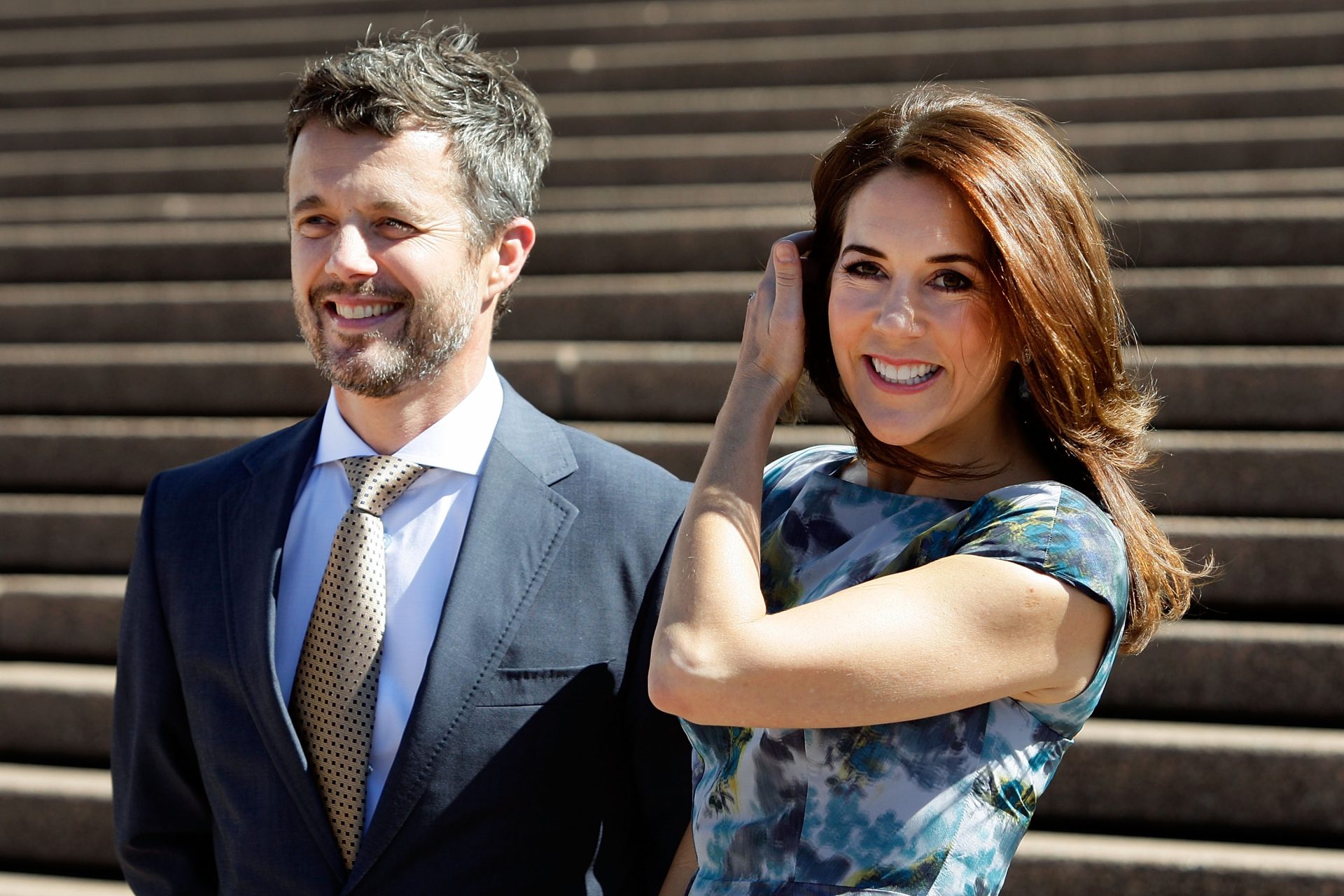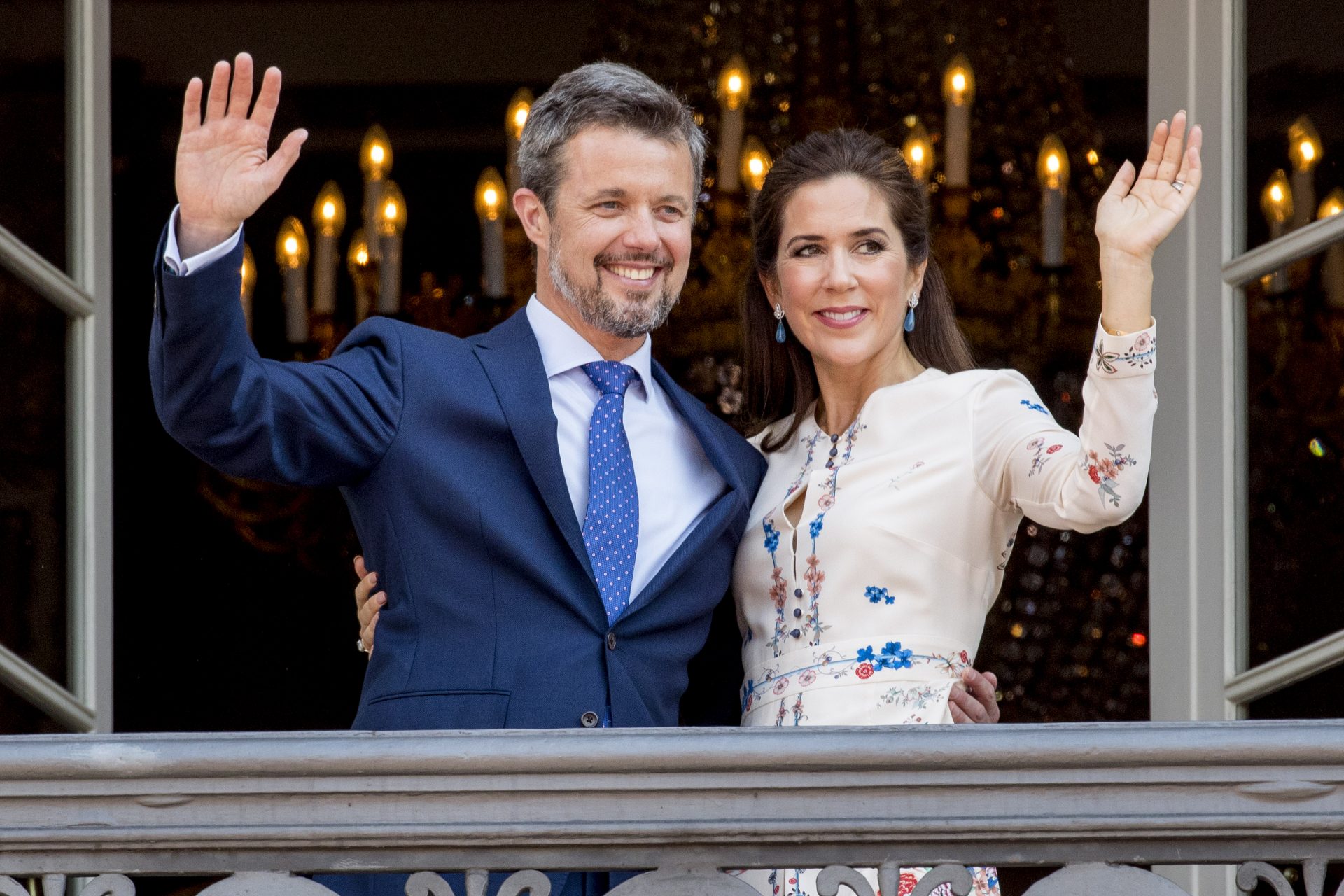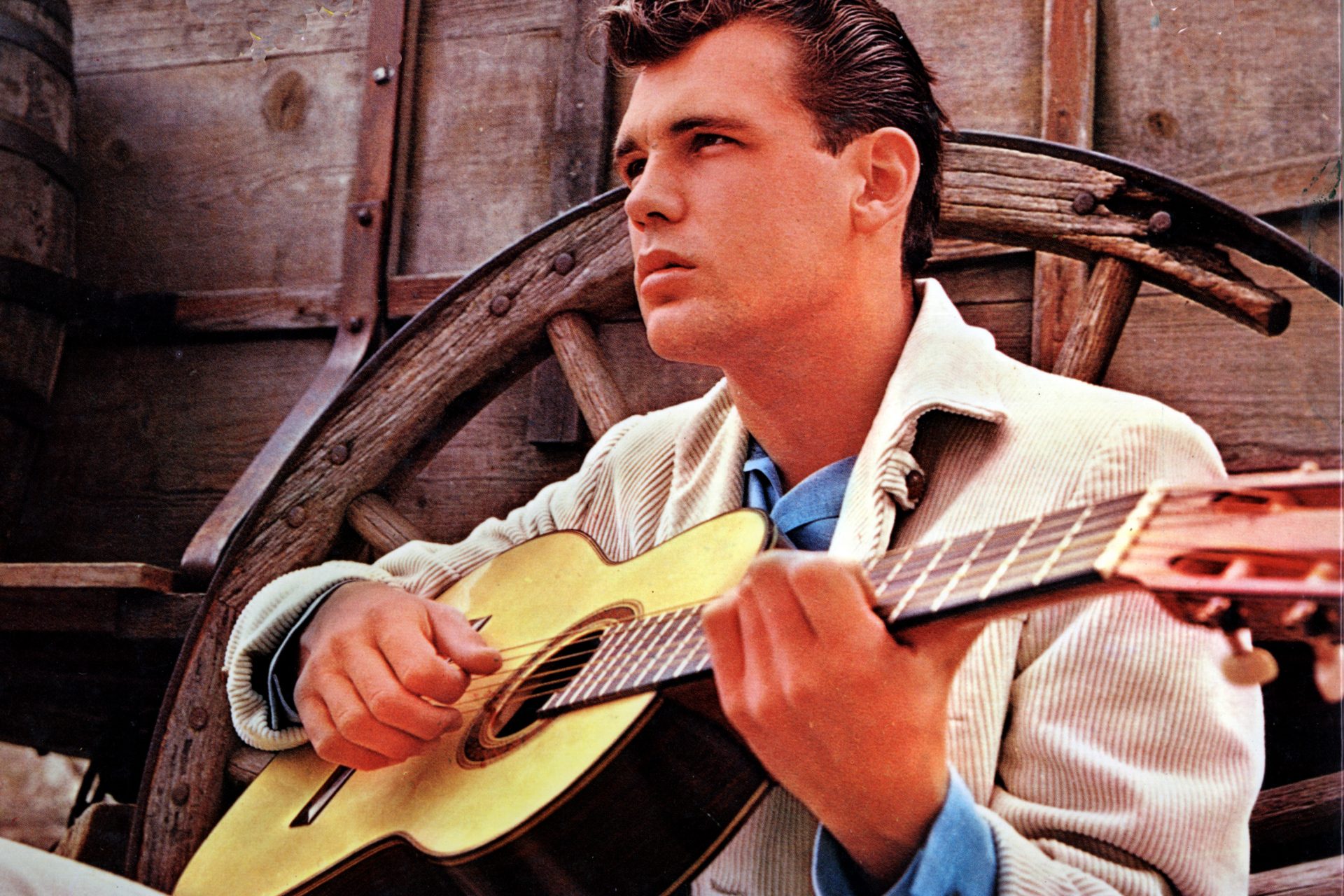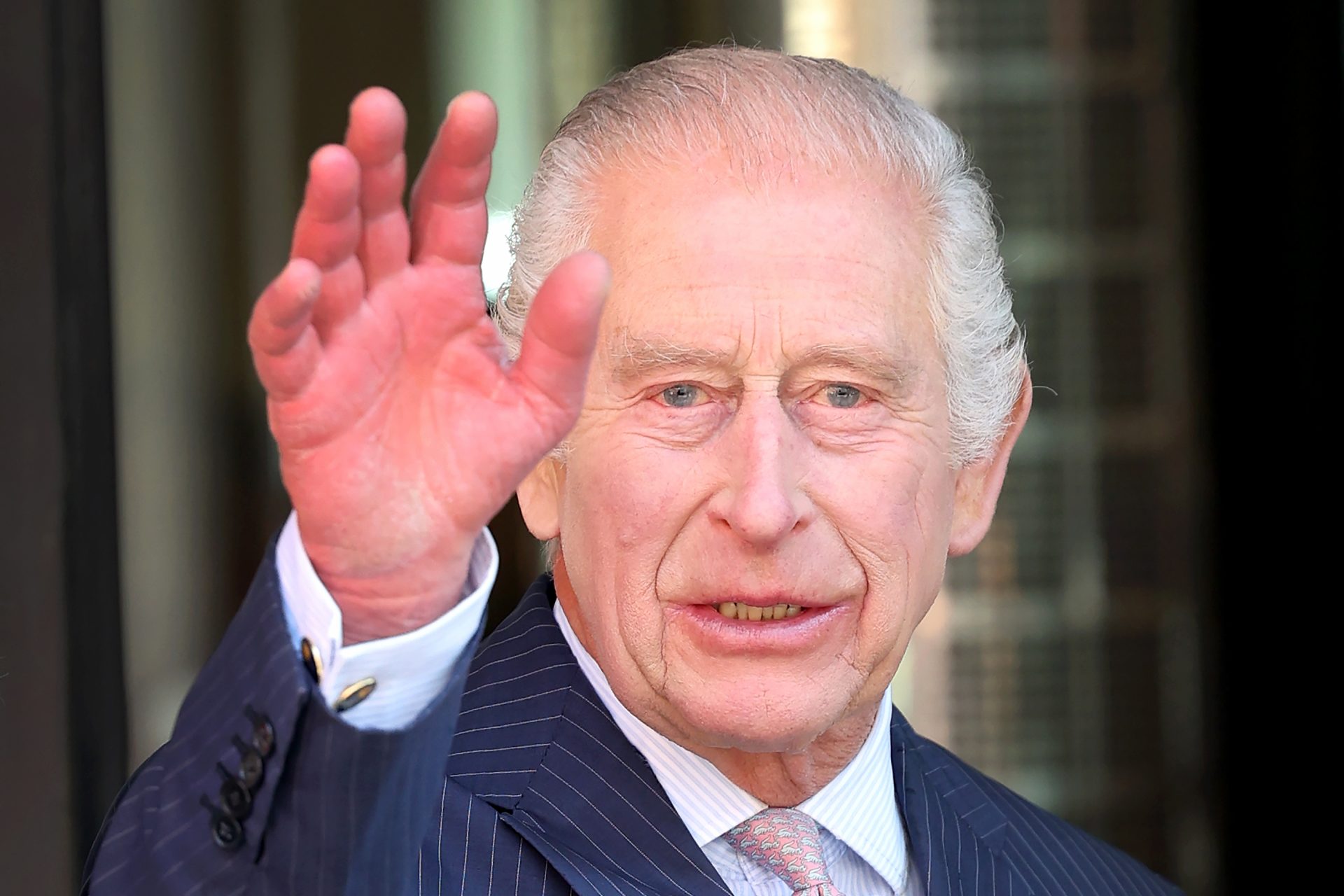Do you know these monarchies?
When we talk about kings and queens, we immediately think of countries like the United Kingdom, Spain, or Japan, but did you know that there are 44 monarchies all over the world?
Let's discover some of the countries in which there is a (lesser-known) monarchy. Some of them might surprise us.
The principality of Andorra, located between France and Spain, is in the core of the Pyrenean mountains and has in its constitution a particularity that establishes two co-princes as sovereigns of the land: The Spanish bishop of Urgel and… the president of the French Republic!
This particular situation has its origin in a feudal agreement called 'Paréage de Andorra'. After many battles for the control of the territory, the bishop of Urgel and the Count of Foix (whose rights have been passed to the French president) agreed in 1278 to share the sovereignty of the land.
In front of Saudi Arabia, we find one of the least famous states of the Persian Gulf: Bahrain. After a long period of Portuguese colonization (1507-1602), the island was conquered by the royal family Al Jalifa.
In the XIX century, Bahrain became a British protectorate and gained its independence again in 1971 becoming a constitutional monarchy. Since 2002, its king is Hamad II.
This archipelago is in the Caribbean, near the French Antilles, and is formed by two main islands called Antigua and Barbuda. The country has been completely independent since 1981.
However, the archipelago belongs to the Commonwealth, so its king is Charles III. To represent the British monarchy in the land, there is a General Governor who acts as a representative of the royal family.
It's a small country located between China and India, in the heart of the Himalayas, which became an independent state from India in 1949.
It's a constitutional monarchy and the king is Jigme Khesar Namgyel Wangchuck who became the leader in 2006. He was crowned at just 28 years old —the youngest monarch in the history of the country. As a sign of openness and modernity, he married a common woman ten years younger than him: Jetsun Pema Wangchuck.
Brunei is located in Malaysian territory on an island where the country of Indonesia owns part of the land. It's one of the few Commonwealth countries that has its own crown.
The monarchy of Brunei has more than a thousand years of history and became a sultanate in the sixteenth century when the country turned to Islam. It's a conservative and authoritarian monarchy whose Sultan is both the State chief and the religious leader.
After the Cambodian genocide by the Khmer Rouge between 1975 and 1979 and the Vietnam War that lasted till 1991, Cambodia established a monarchy and currently enjoys a period of peace and prosperity which in the last 10 years has been followed by huge economic growth.
The Cambodian king Norodom Sihanouk returned to the throne in 1993 and abdicated for the second time in 2004; today, his son, Norodom Sihamoni, is the one ruling the country. He studied at the National Conservatory of Prague and was a classic ballet teacher in Paris whilst he was the ambassador of Cambodia for UNESCO.
Established in 935, the Danish monarchy is one of the oldest monarchies in the world. It has no political powers and continues to this day. What's more, the royal house is one of the most popular and respected institutions in the country.
In 1972, Margrethe II from the House of Glücksburg became the Danish queen. On January 14, 2024, however, Margrethe stepped down and made room for her son Frederik and his wife, the Australian-born Mary Donaldson.
Not far from Eswatini and, in the middle of the South African territory, is the small kingdom of Lesotho. Its name comes from the majority ethnic group of the country: The Sothos. It's a constitutional monarchy in which, since 1996, the king is Letsie III. However, the powers of the monarch are merely ceremonial and symbolic.
Letsie III married Masenate Mohato Seeiso who became Queen Consort. They have three children: two daughters born in 2001 and 2004, and the heir to the throne, Lerotholi, born in 2007.
Like Andorra, the Principality of Liechtenstein is a small mountainous territory located between Switzerland and Austria and is the richest German-speaking country in the world. Its Prince is Hans-Adam-II, the fifteenth monarch in the history of the country.
The King was married to Marie Aglaë Kinsky von Wchinitz und Tettau who passed away in the summer of 2021. They had four children (Alois, Maximilian, Constantin, and Tatjana) and 15 grandchildren. Since 2004, Alois, the oldest son, has been the regent king in charge of the daily affairs of the principality. Once his father passes away, Alois will be his successor.
Jordan is a parliamentary monarchy, and, since 1999, its ruler is King Abdallah II. The actual monarch was named hereditary prince right before the death of his father, Hussein, the previous king.
King Abdallah II has four children, including the new heir, Hussein ben Abdallah, who was born in 1994 and is married to Queen Rania of Jordan, who is very well-known in the entire world.
The population of this small country located between South Africa and Mozambique is an ethnic group called the Swazi. The country became independent in 1968 and, since 1986, its ruler is Mswati III, the last absolutist monarch of the African continent.
His ruler is known for the large number of spouses he has - a total of 14. Mswati III is also famous for changing the name of the country from Swaziland to Eswatini on the fiftieth anniversary of its independence, declaring that, until then, it was the only African country that still had its colonial name.
Unlike the rest of the hereditary monarchies, Malaysia is a federal monarchy that is legitimated by an election process. This means that the 'Yang di-Pertuan Agong' (sultan or 'supreme sovereign') is elected by the Sultan Counsel for a 5-year reign.
The Counsel follows a cyclic order in which the 49 states that form the country vote. Since 2019, the Malaysian ruler is Abdullah Shah who succeeded Muhammad Faris Petra (or Muhammad V).
Located in the South Pacific, the Islands of Samoa became independent from New Zealand in 1962. The country is ruled by traditional chiefs, called 'Matai', and the constitution replicates the British Monarchy system.
Malietoa Tanumafili II was the chief of the country from 1963 until he died in 2007. Now, after establishing a five-year election system, the country is ruled by the lawyer and Matai Va'aleto'a Sualauvi II.
Tonga, located in the Polynesia region, is formed by three archipelagos that were deserted until the thirteenth century. The islands were unified under one kingdom in 1845; then, after becoming a British protectorate, Tonga gained its independence in 1970.
The current monarch of Tonga is Tupou VI, who has ruled the country since 2012. He succeeded his brother George Tupou V, who gave up the main powers of the monarchy in 2008. Tupou VI has three children, including the heir to the throne, Siaosi Tuku'aho, born in 1985.
Norway was unified during Viking times, and its first king was Harald I, also known as Harald Fairhair, who ruled in the year 900. The actual dynasty has its origin in Schleswig-Holstein, a northern state of Germany, and the king, since 1991, is Harald V.
As king, Harald V's role is merely ceremonial within a parliamentary system. He married a commoner, Sonja Haraldsen, with whom he had two children, the princess Märtha Louise and the prince heir Haakon Magnus.
Oman is a sultanate, an absolutist monarchy that was under the British regency before being ruled for half a century by Qabus ibn Said who overthrew his father in 1970.
In January 2020, at 65 years old, Qabus ibn Said's cousin, Haitham bin Tariq, succeeded him and changed the constitution to establish that the oldest son of a sultan must be the hereditary prince. Haitham is married to Ahad bint Abdallah ben Hamad Al Saïd and they are the parents of two sons (including the prince heir who was born in 1990) and two daughters.
This important oil producer country is an emirate: a hereditary form of monarchy. Although it has a parliament, the reality is that the most important ministries are members of the royal family.
Kuwait is the only monarchy in the Persian Gulf that celebrate free elections and, since 2005, allows women to vote. Sheikh Nawaf Al Ahmad Al Jaber Al Sabah who was born in 1937, is the emir of Kuwait since 2020 and has 5 children and more than 20 grandchildren.















































